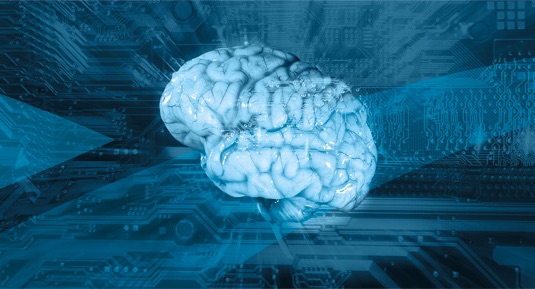
By Parth Desai
Artificial Intelligence has the potential to solve many issues for the financial providers and corporates—reducing middle and back office administration
Building Intelligence
There has been much talk about the great use of Artificial Intelligence (AI) within financial services to streamline processes and add value, some of which we are already seeing in the form of robo advisors and big data processors.
AI has the potential to solve many issues for the financial providers and corporates—reducing middle and back office administration, for example. In the first of a series of three blogs, I’m going to explore exactly what AI is and how it works in financial services. But first, we need to start with the basics.
Intelligence, redefined
AI uses computing power to simulate intelligent human behaviour. The complex human abilities of perception, mobility and interpretation are skills that require analysis such as understanding, natural language and vision—these are the building blocks of AI.
AI is already a part of our world. The pervasive use of mobile devices has increased interest in the ease of human interaction with computers, with recent advances made in natural language understanding such as speech recognition and vision—think of asking Siri a question or being able to unlock a device using your face.
This isn’t limited to mobile devices either—self-driving cars and robots are increasingly applying interpretation and understanding in order to give information context and learn.
There is no denying that the use of AI in our everyday lives is growing. But in order to maximise its potential, we need to understand how it is different from the way humans work, and how it is different to computers and what it can do for us.
How are AI machines different from computers?
Normal programmes have to use an algorithm that works on input data to generate an output. AI programmes also use algorithms, with the key difference being that it requires knowledge to make it intelligent.
Typically, an AI machine is specialised to solve a specific type of problem using a software engine that is coupled with knowledge. This allows it to be flexible—if the knowledge changes, the behaviour of the AI machine changes.
The key here is that AI machines can place context into situations—whereas a normal computer cannot—but only when appropriate and accurate knowledge is made available to it, otherwise it will not be able to apply intelligent behaviour.How are AI machines different from humans?
Computers are dumb—they only understand 1’s and 0’s. Everything we see them do is done through layers of software programmes, from microprocessor chips and up through to the operating system, with each application designed to perform a very specific task at the behest of the user.
Humans are very different—they remember and learn, which is then converted into knowledge. This knowledge is then used to apply context to situations when appropriate, whether it is purely common sense or expertise.
We are a long way from developing general purpose intelligent machines that operate on the same scale as humans, since the computational power required will be enormous. Currently, all AI machines need to be task-specific. For example, while a successful AI programme like Deep Blue plays chess very well against human opponents, it cannot play Go. This is due to the vast amount of new data that would have to be input for it to understand the rules and then take it years to learn the best techniques.
Where AI has its real benefit, however, is its ability to solve practical, everyday problems in less time and computational power than current devices offer—enriching our personal and professional lives through automation.
This is where AI offers real potential for the financial services industry, ensuring specific tasks are automated while still being completed to the same standard as if human employees were undertaking them.



